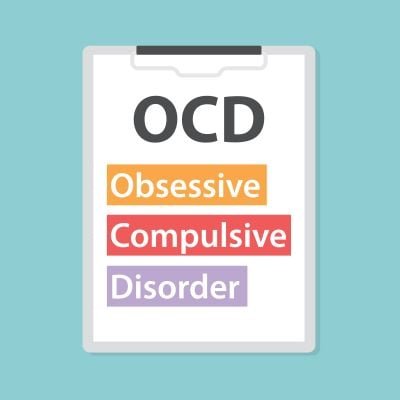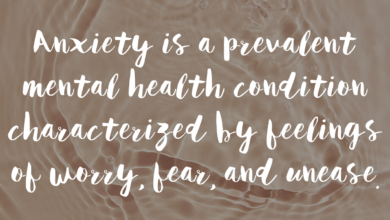A Different Way to Classify OCD Types?

If you have OCD or work with people who have OCD you are likely familiar with the concept of subtypes. Sticky OCD thoughts tend to have a theme about them, and that theme is most commonly identified as the subtype.
Common subtypes of OCD include:
- Contamination
- Harm (to self or others)
- Pedophilia
- Sexuality
- Scrupulosity
- Relationship
- Just Right, etc.
Subtypes are helpful in normalizing symptoms for OCD sufferers and even for diagnosing purposes. It is quite common; however, for OCD sufferers to have multiple subtypes. When OCD shifts from one subtype to another, it can cause confusion, additional distress and sometimes setbacks. “What if this new thought is not OCD at all?” It can take time to recognize it as the same symptoms packaged in a new way. Generalization of skills can take time and sometimes feel disjointed.
Perhaps another, and possibly more holistic, way we could categorize OCD themes is by identifying the Vulnerable Self (aka feared self). The Vulnerable Self is a concept used in Inference-Based CBT (I-CBT for short). It is a set of qualities one does not want to become or is concerned they may already be. The person is motivated to escape and avoid these feared self traits to ensure the possibility does not materialize ( O’Connor & Aardema, 2012). Common Vulnerable Self Themes (VST) can be:
I could be… negligent, reckless, incompetent, immoral, selfish, someone who makes mistakes, loses control, is prone to illness, etc.
This VST can find relevance in every subtype. For instance, if the VST is What if I am someone who is immoral, obsessive doubts might be:
What if I harm my children (POCD), what if I lied in that job interview (Scrupulosity), what if I cheat on my spouse (Relationship), what if I push someone into traffic (Harm). Each doubt, separated, looks like four different subtypes, but ultimately the underlying fear in each scenario is the same. If that were true, it would prove my vulnerable self is real.
When the VST is identified, there is clearer insight into the OCD doubts that are likely to be sticky. We can better answer the question that most sufferers have which is “why do I have THIS doubt.” The VST sets OCD up to be on high alert for any scenario, thought, trigger that would threaten the vulnerable self or prove it true. Any connection that can be made between a trigger and the feared outcome becomes fodder for obsessions. It makes the jumping around of subtypes make sense.
Implications of treatment:
Therapeutic interventions could focus around the VST, versus creating a hierarchy for each subtype/compulsion.
To identify the VST, list out the obsessions, (best if formed in a What if questions).
Examples:
- What if I left the stove on?
- What if I am contaminated?
- What if I said something offensive to my friend?
Next identify the feared consequence if that were true.
- The house would burn down, it would be my fault.
- I could get my whole family sick.
- My friend will hate me and tell everyone what a bad person I am.
Notice anything common or similar about these obsessions and fears?
What kind of a person does this or allows this to happen? The answer to that question is the VST.
Now the sufferer has a clearer understanding of the “why this doubt?” making it much easier to catch when OCD shifts gears. With that clearer understanding comes a better ability to disengage from the doubt earlier and earlier. Ultimately making the need for compulsions obsolete.
For more information about The Vulnerable Self or I-CBT, visit icbt.online
This post is presented in collaboration with ADAA’s OCD and Related Disorders SIG. Learn more about the SIG.
Reference
O’Connor and F. Aardema. @ 2012, Clinician’s Handbook for Obsessive‐Compulsive Disorder: Inference‐Based Therapy, First Edition. K. John Wiley & Sons, Ltd. Published 2012 by John Wiley & Sons, Ltd.
Source link
#Classify #OCD #Types

